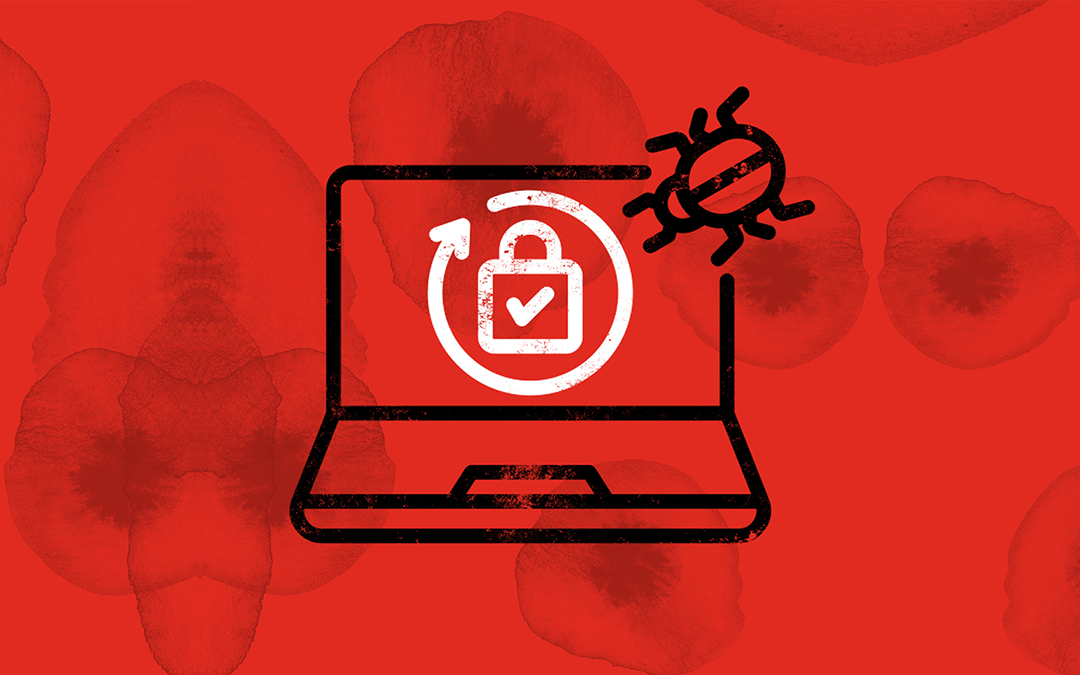Vulnerability Assessment (VA) is a systematic process of identifying, quantifying, and prioritizing vulnerabilities in computer systems, networks, applications, and other IT assets. The primary goal of a vulnerability assessment is to assess the security posture of an organization’s digital infrastructure by identifying weaknesses that could potentially be exploited by cyber attackers.
The rise in distributed denial of service (DDoS), phishing, and ransomware attacks presents a strong threat to all digitally forward companies in today’s rapidly evolving digital space. With businesses heavily dependent on digital technologies, the aftermath of a successful cyberattack is more severe than ever before.
Enter penetration testing—a strategic approach that adopts the mindset of hackers to preemptively detect, avoid, and limit security vulnerabilities before malicious entities can exploit them. This method empowers IT leadership to proactively install specific security enhancements, effectively reducing the likelihood of a successful breach.
In the face of dynamic cyber threats, businesses are compelled to swiftly adapt their security protocols to effectively protect their valuable assets from penetration attacks. Additionally, it’s worth saying that navigating the complex landscape of attack methodologies and their application can be challenging. Here’s where the role of an ethical hacker becomes pivotal. In essence, they act as guides, enabling organizations to quickly and precisely pinpoint, modify, and fix the weak links within their systems.
In essence, penetration testing becomes a critical linchpin in the defense against modern cyber risks, creating resilient systems, and fortifying the digital integrity of businesses.
Vulnerability Assessment
- Goal: To identify security vulnerabilities in a system.
Vulnerability Assessment is primarily geared towards uncovering security weaknesses within an organization’s IT infrastructure. Moreover, it pinpoints potential vulnerabilities that malicious actors may find exploitable. By systematically identifying these vulnerabilities, organizations can take proactive steps to fortify their security defenses.
- Methodology: Uses automated scanning tools to identify known vulnerabilities.
One of the strengths of Vulnerability Assessment lies in its use of automated scanning tools. These tools systematically examine systems, networks, and applications, comparing their configurations and software versions against databases of known vulnerabilities. This method also allows a thorough examination of a wide range of assets efficiently and accurately.
- Scope: Can be focused on a specific system or application, or it can be more widespread and cover an entire network or organization.
Vulnerability Assessment offers flexibility in terms of scope. It can focus on a specific system or application of interest. On the other hand, it can also be broad and encompass an entire network or even an entire organization. This adaptability enables organizations to tailor their assessments to suit their specific needs and priorities.
- Deliverables: Comprehensive reports for informed action.
The ultimate outcome of a Vulnerability Assessment is a comprehensive report. This report serves as a valuable resource for organizations. It not only identifies the discovered vulnerabilities but also categorizes them based on their severity. Additionally, the report provides actionable insights, detailing the steps that can mitigate the identified risks effectively.
Penetration Testing
- Goal: To identify and exploit security vulnerabilities in a system in order to examine the risk of a successful attack.
The objective of Penetration Testing is twofold: first, to identify security vulnerabilities within a system, and second, to assess the risk of a successful attack. Unlike Vulnerability Assessment, Penetration Testing goes beyond mere identification and aims to validate the potential impact of these vulnerabilities by attempting to exploit them, thus providing a real-world perspective on the security landscape.
- Methodology: Uses a variety of techniques, including manual testing, automated scanning, and social engineering, to simulate an attack from an external or internal attacker.
Penetration Testing employs a diverse set of techniques, ranging from manual testing by skilled ethical hackers to automated scanning tools and even social engineering tactics. These methodologies simulate various attack scenarios, mimicking the tactics that both external and internal attackers might employ. This comprehensive approach explores a wide spectrum of potential vulnerabilities.
- Scope: Can be focused on a specific system or application, or it can be more holistic and cover an entire network or organization.
The scope of a Penetration Test is adaptable to the organization’s needs and objectives. It can focus on a specific system or application, allowing organizations to scrutinize critical assets individually. Conversely, it can adopt a holistic approach, covering an entire network or even the entirety of the organization’s digital infrastructure. This allows organizations to assess their security posture comprehensively.
- Deliverables: In-depth insights and actionable recommendations.
The ultimate deliverable of a Penetration Test is a detailed report. This report not only identifies vulnerabilities but also provides a deeper understanding of their potential impact. It categorizes vulnerabilities by their severity, helping organizations prioritize remediation efforts effectively. Moreover, the report offers recommendations and actionable steps to prevent these risks, enabling organizations to mitigate the identified threats.
In Conclusion
Commencing with a vulnerability assessment lays a strong foundation for organizations aiming to enhance their security stance. This initial step aids in the identification of known vulnerabilities that can be addressed or mitigated. Nevertheless, it’s crucial to emphasize that vulnerability assessment and penetration testing are equally vital and should be seamlessly integrated. Regular penetration testing serves the dual purpose of uncovering novel vulnerabilities and evaluating the efficacy of existing cyber security suites. Altogether, they form a comprehensive security strategy that fortifies an organization’s defenses against evolving threats.
Vulnerability Assessment and Penetration Testing may have differences with each other, but the key point is that both are equally important and beneficial to every company or organization. It helps protect against cyber threats, ensures compliance with regulations, safeguards customer data, preserves reputation, and ultimately contributes to the overall stability and success of the organization. It’s an integral part of any comprehensive cybersecurity strategy in today’s digital world.
About IPV Network
Since 2016, IPV Network has been a trusted partner of leading enterprises in the Philippines. It brings the best-of-breed cybersecurity solutions. IPV network helps businesses identify, protect, detect, respond, and recover from cyber threats. Email us at [email protected] or call (02) 8564 0626 to get your FREE cybersecurity posture assessment!
Sources:
https://brightsec.com/blog/penetration-testing-and-vulnerability-assessment/#vulnerability-assessment-importance
https://www.prnewswire.com/news-releases/resecurityr-expands-vapt-capabilities-with-acquisition-of-cybit-sec-in-uae-301592696.html



